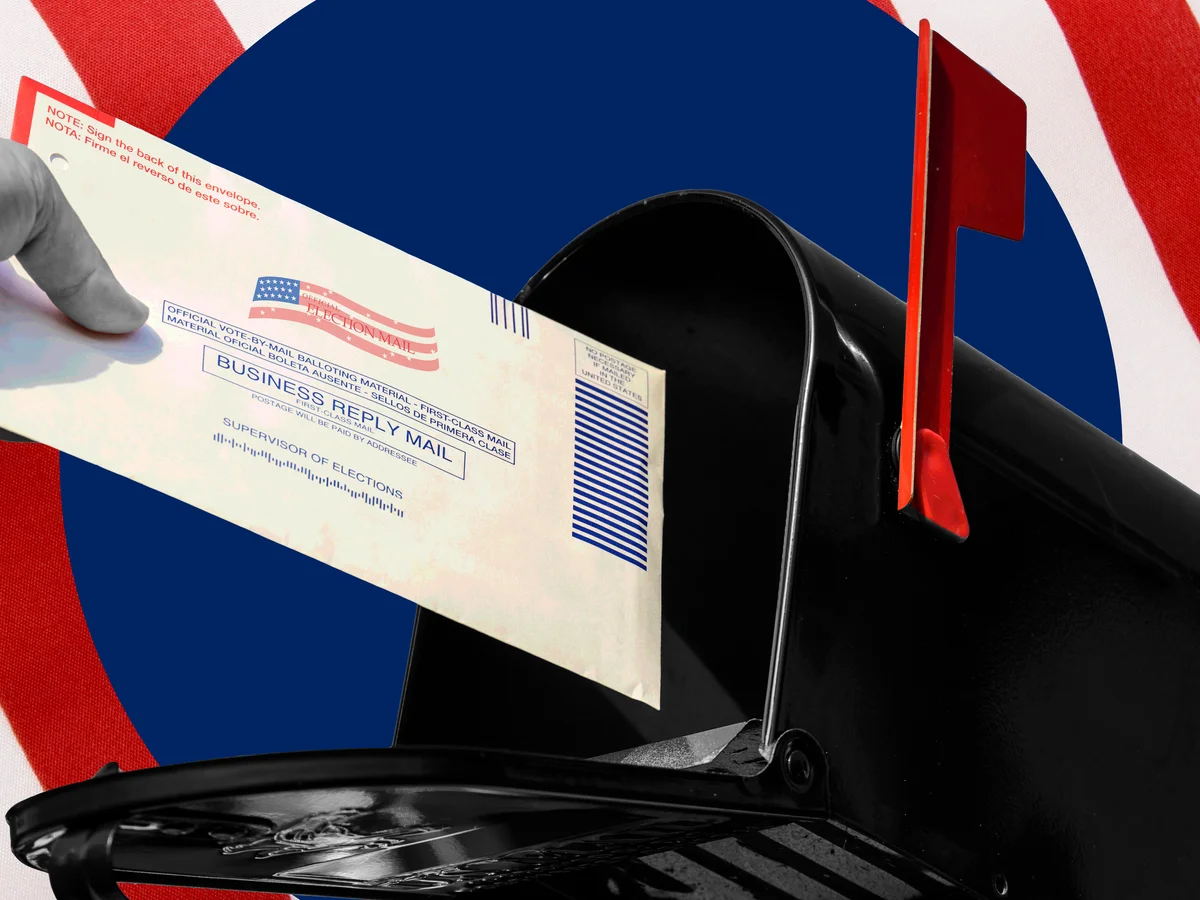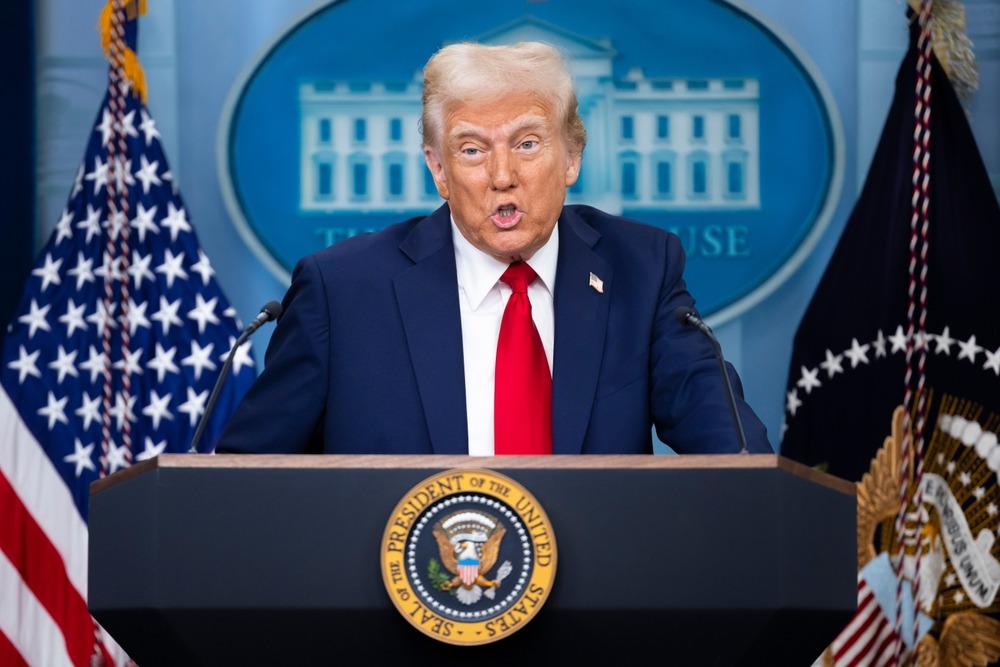Donald Trump’s bold vow to “end mail-in ballots” before the 2026 elections has ignited a constitutional showdown over presidential power, election integrity, and the future of American democracy.
In a twist that’s grabbing headlines, President Trump has declared he’s drafting an executive order to “end mail-in ballots because they're corrupt.” But is such a sweeping move even legal—or realistic? Let’s break it down.
What Is Mail-In Voting and How Is It Used?
Mail-in voting—also known as absentee or postal voting—lets voters complete their ballots at home and return them by post or via secure drop boxes. Some states, such as California, Colorado, Hawaii, Nevada, Oregon, Utah, Vermont, and Washington, conduct their elections entirely by mail; others allow it upon request or under specific circumstances.
It soared in popularity during the COVID-19 pandemic—from about 8% of ballots in 1996 to 43% in 2020—before falling back to just over 30% in 2024.
Why Is Trump Against It?
Trump has repeatedly labelled mail-in ballots as “corrupt,” alleging they favour Democrats and invite fraud—a claim with no evidence. Ironically, during his 2024 campaign, he encouraged supporters to vote "any way possible," and Republicans actively campaigned for mail-in voting in states like North Carolina, Arizona, and Pennsylvania.
Does the President Have the Power to Ban It?
No. According to the U.S. Constitution, the “times, places and manner of holding elections… shall be prescribed in each State by the Legislature thereof,” with Congress having authority to modify such regulations—but the president has no direct constitutional power to alter state-run election procedures according to Reuters.
Legal experts widely agree any executive order on this would be legally baseless and likely blocked in court. States and Congress—not the president—control how elections are administered as reported by Politico.

A voter submits a mail-in ballot into a U.S. Postal Service mailbox, a method at the center of Trump’s 2026 election controversy.
Are Mail-In Ballots Unique to the U.S.—Really?
No. Trump claimed the U.S. is “the only country in the world that uses mail-in voting,” then backtracked—but factual data proves otherwise. International IDEA reports that 34 countries allow some form of mail-in voting; 12 of them—including Canada, Germany, and South Korea—offer it to all voters.
Why This Matters
Election officials and cybersecurity experts warn that replacing reliable mail-in systems with hand counting or online voting—as Trump has floated—could actually increase vulnerabilities, especially to foreign interference. More broadly, the proposal raises concerns about undermining election security and democratic norms at a time when experts see Trump’s actions as emblematic of authoritarian drift.
Additional Insight: Mail-In Voting in the U.S.—A Deeper Dive
Unlike many countries, the U.S. features decentralised control of elections: each state determines its own rules, schedules, and methods—including whether to conduct elections by mail, in person, or a mix according to The Washington Post. That means a national ban on mail-in ballots would require either state legislation or federal law—not a mere executive order.
Furthermore, while mail-in voting has drawn partisan scrutiny, studies show fraud is exceedingly rare, and the system overall helps increase voter participation, especially among those unable to vote in person.
FAQs: Readers Also Want to Know
Could Congress pass a law banning mail-in voting nationwide?
In theory, yes—Congress has authority to regulate federal elections. But such a law would likely face stiff opposition, legal hurdles, and partisan gridlock. Trump’s push doesn’t currently involve viable legislation.
Have other presidents ever banned or restricted mail voting?
No president has successfully enacted a federal ban on mail-in voting. While past proposals have aimed to tighten rules—such as requiring ID—the concept of outright prohibition isn’t grounded in precedent or constitutional authority.
Does mail-in voting actually increase turnout?
Yes. Research shows that postal voting can boost participation by making voting more accessible, especially for those with mobility or scheduling barriers.
Could a federal court quickly stop an executive order banning mail-in voting?
Almost certainly. Legal experts agree such an order would exceed presidential authority. Courts would likely block it on constitutional grounds before it could take effect.
Conclusion: Can Trump Really Ban Mail-In Voting?
In short: No. Trump’s vow to eliminate mail-in ballots via executive order is constitutionally hollow, lacks legal precedent, and ignores the reality that elections in the U.S. are governed by states and Congress—not the president. Mail-in voting remains a secure, widely used, and internationally accepted method of casting ballots. The real changes would need to come through lawmaking—not hot social-media declarations.














